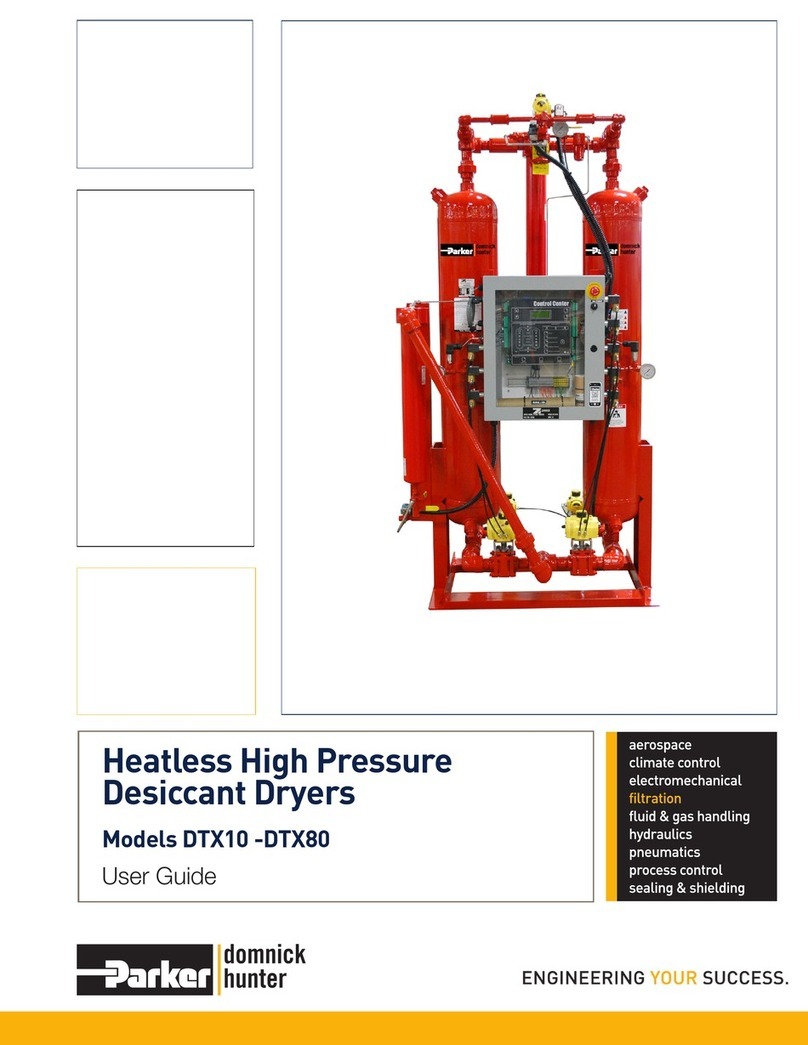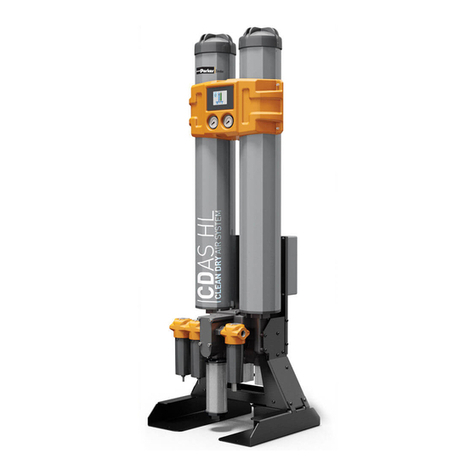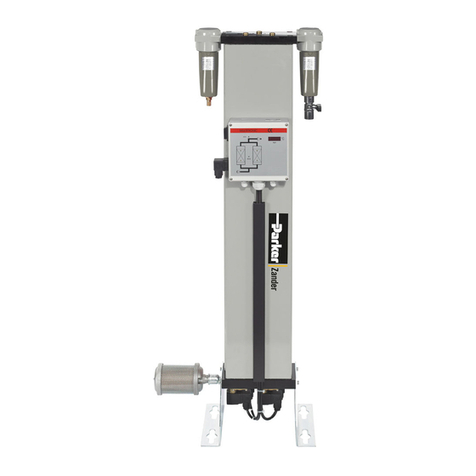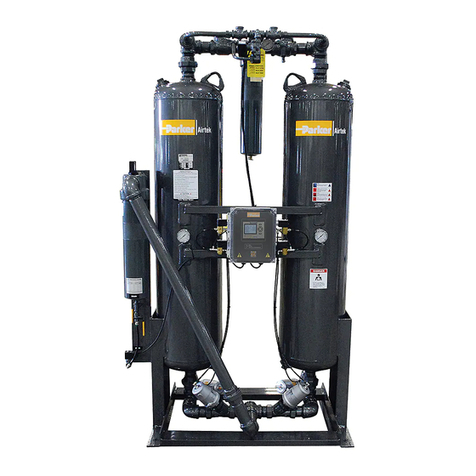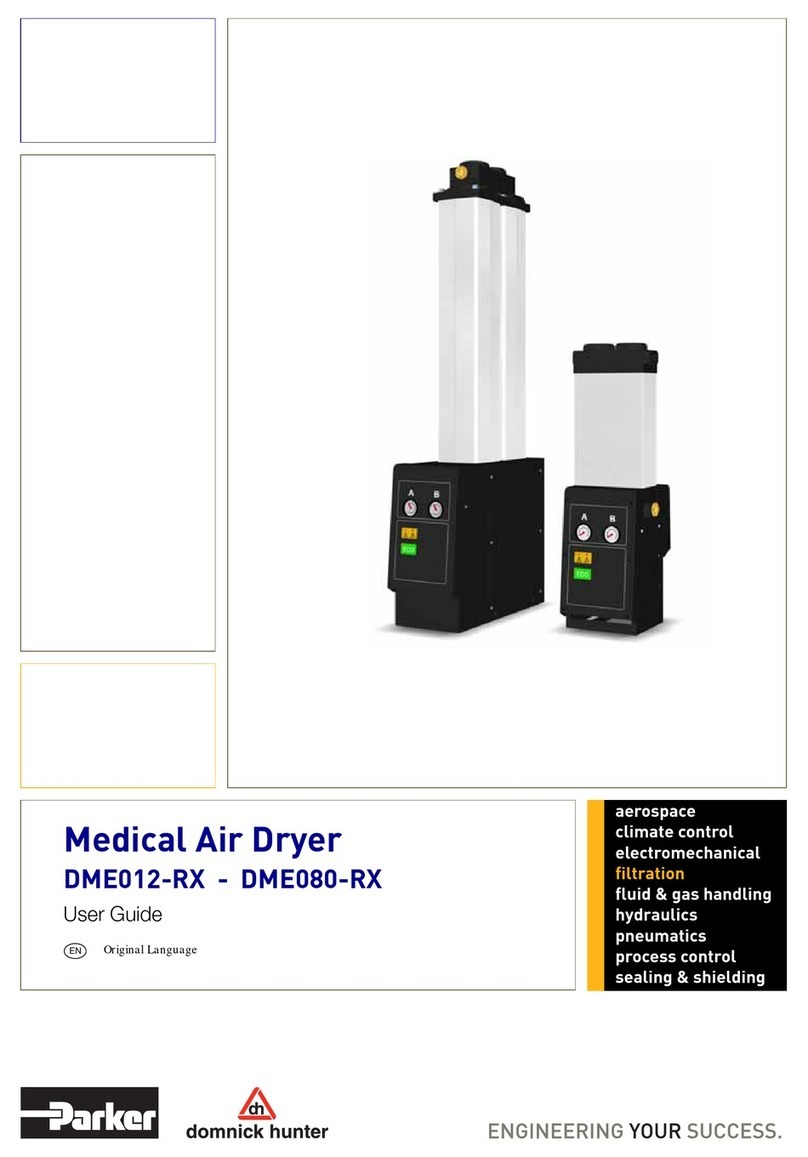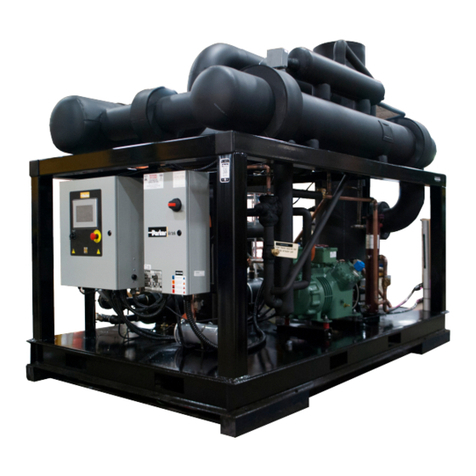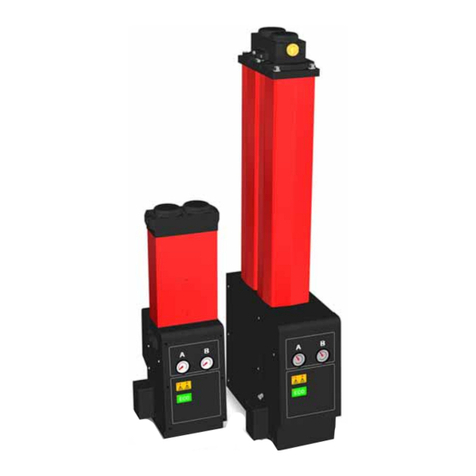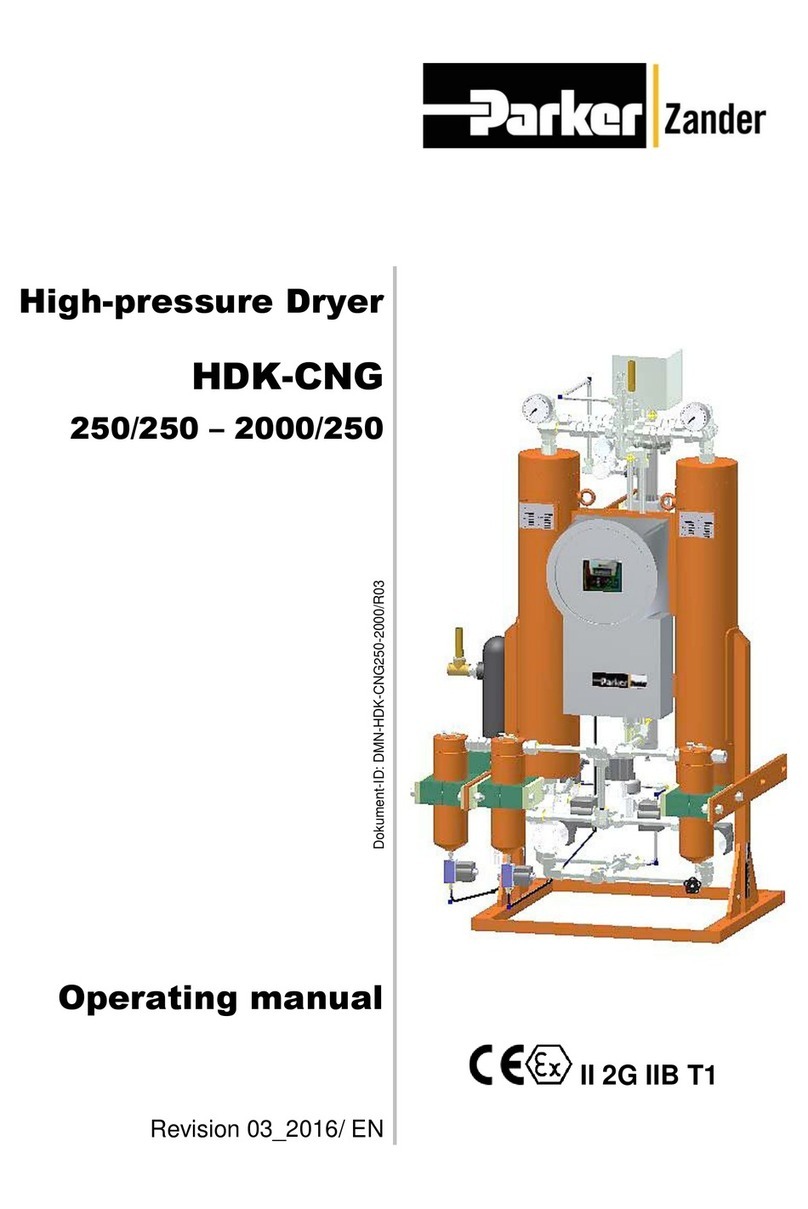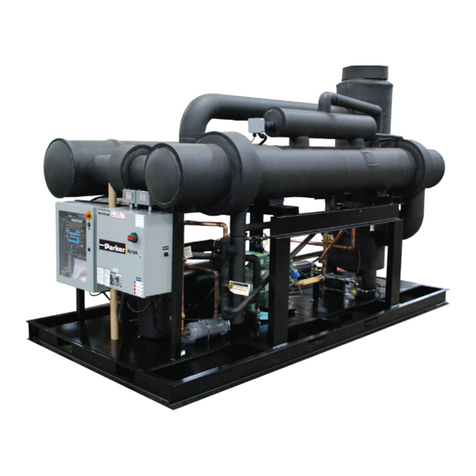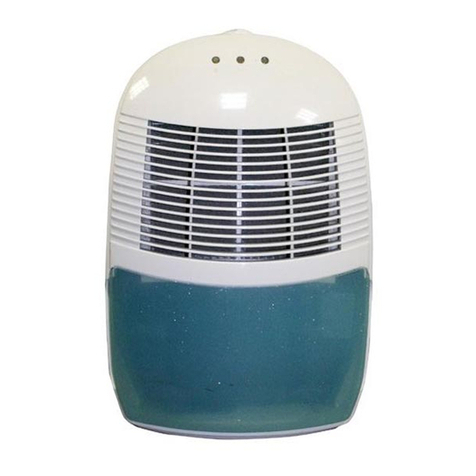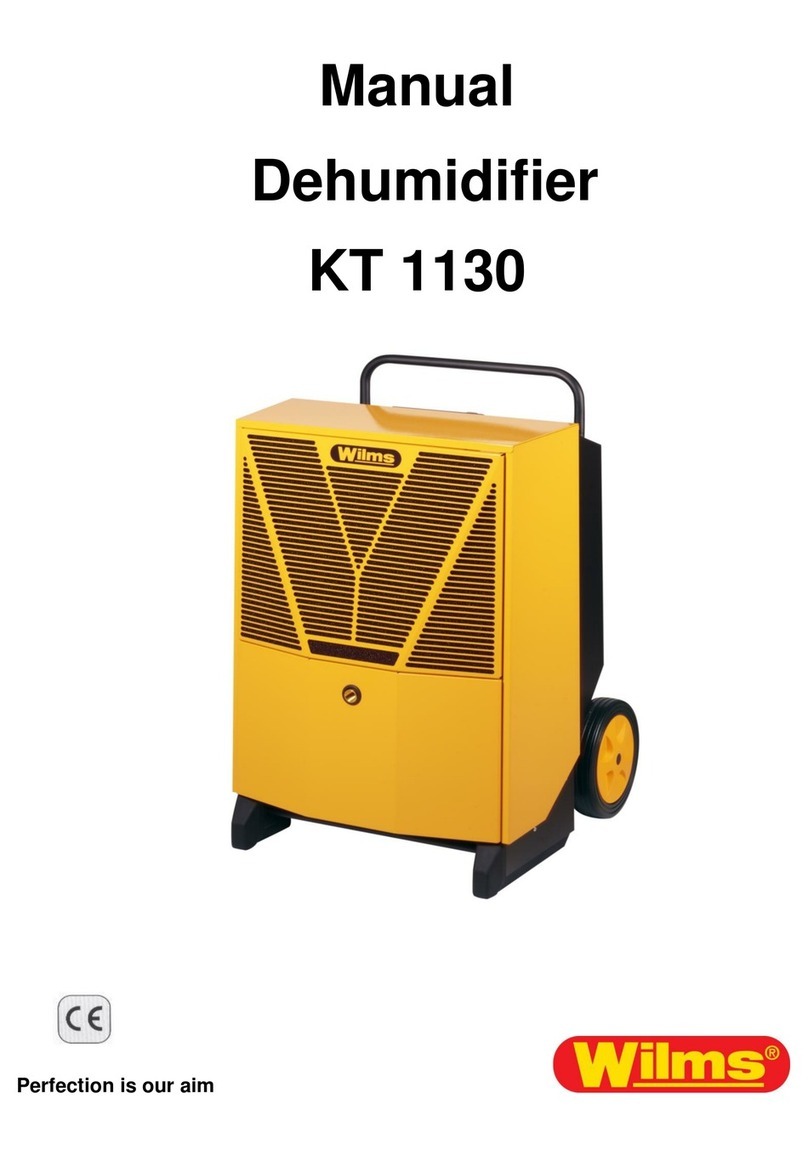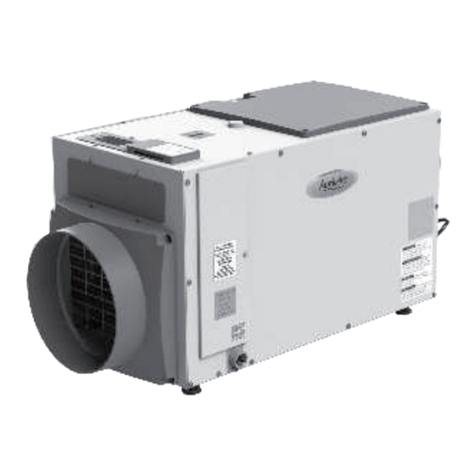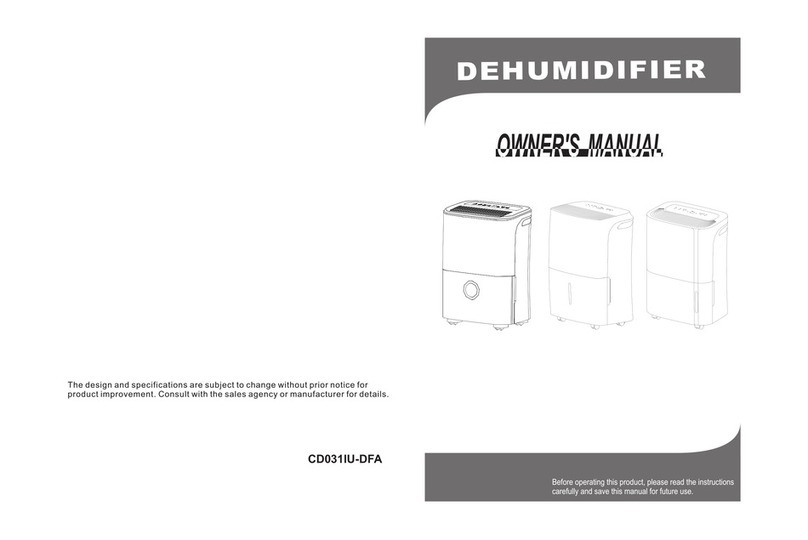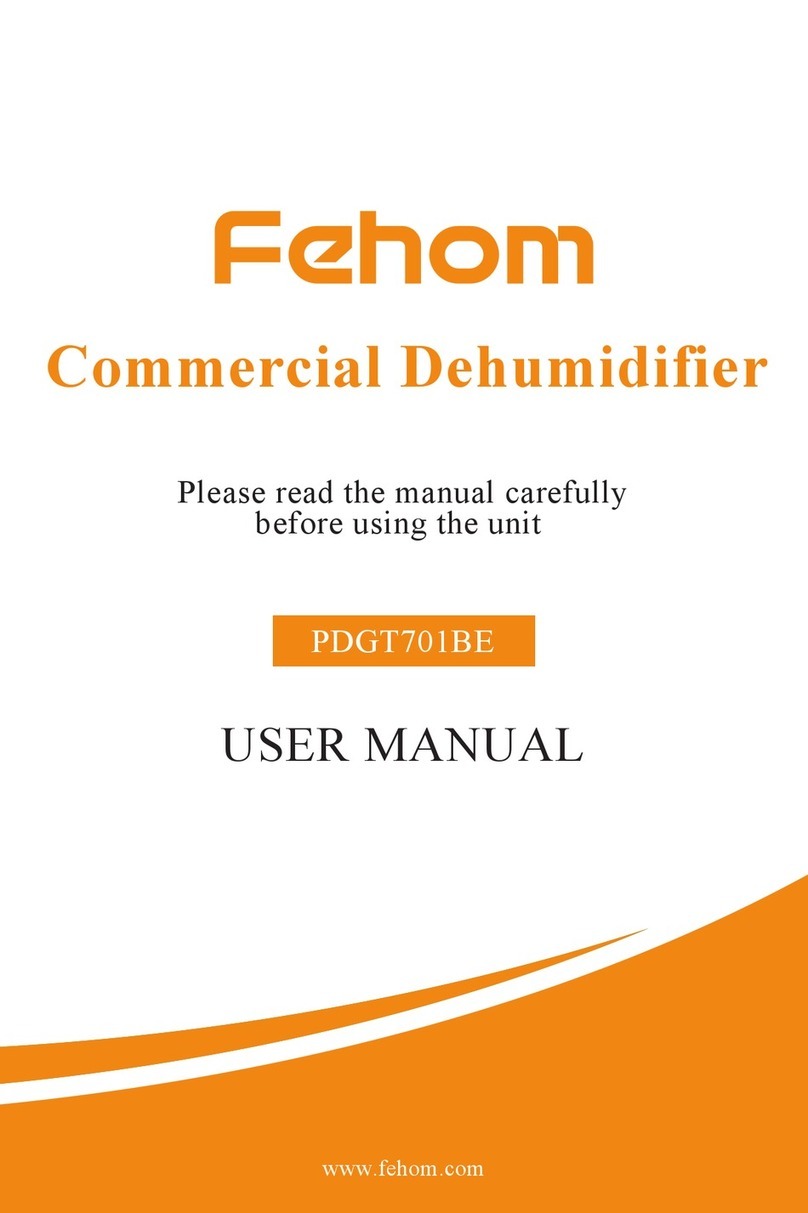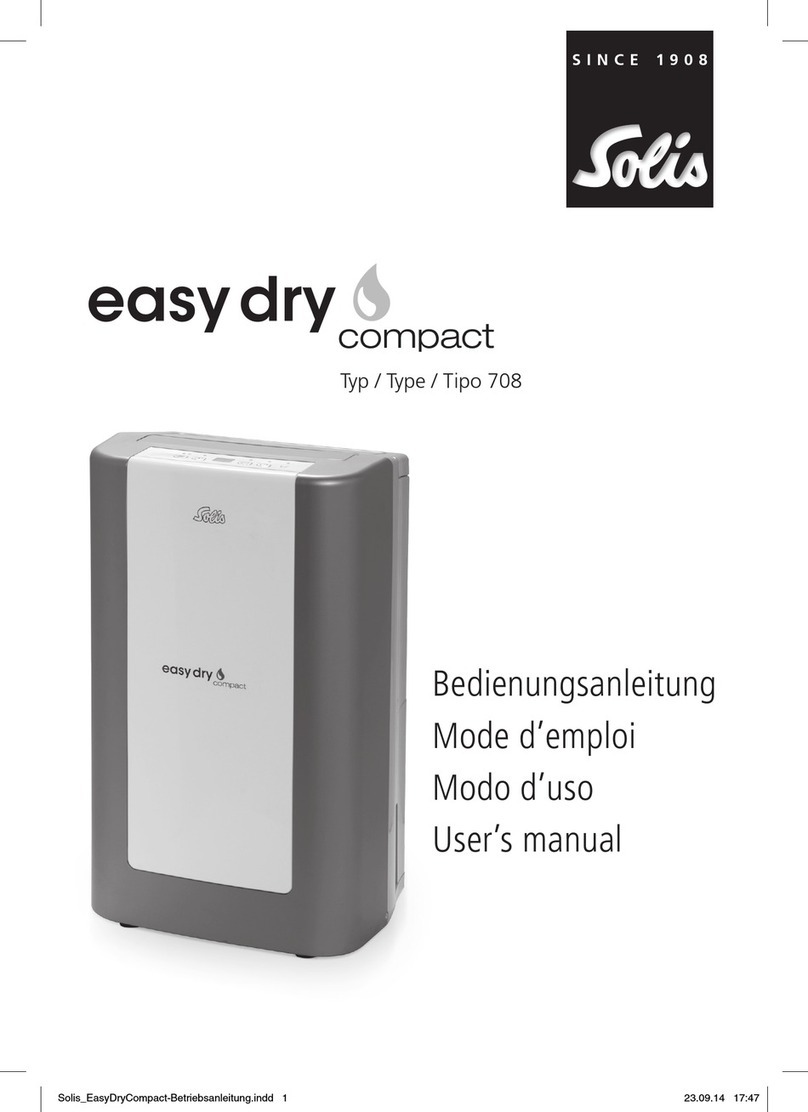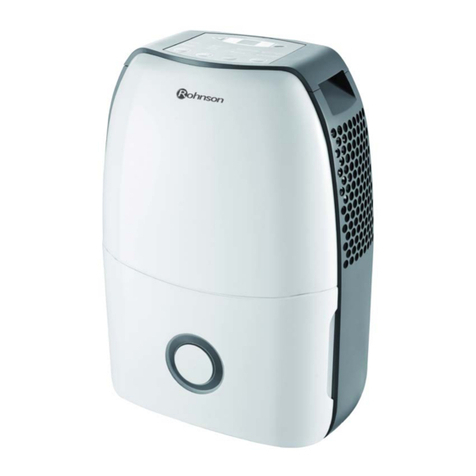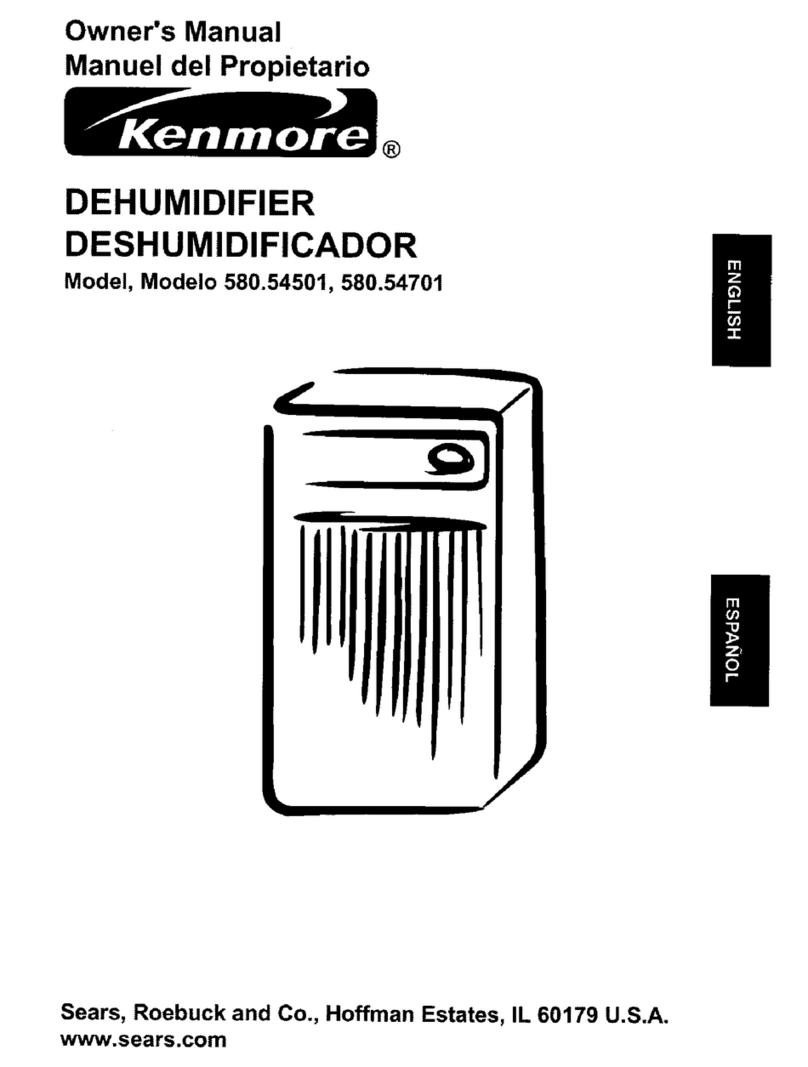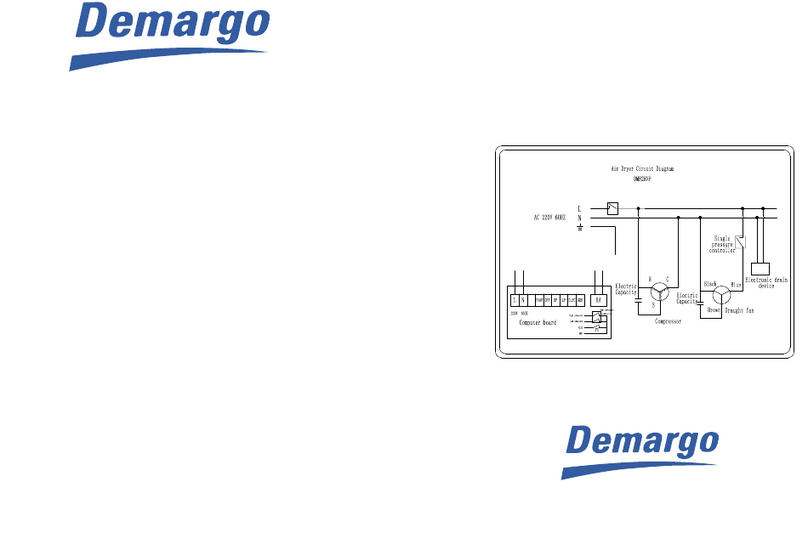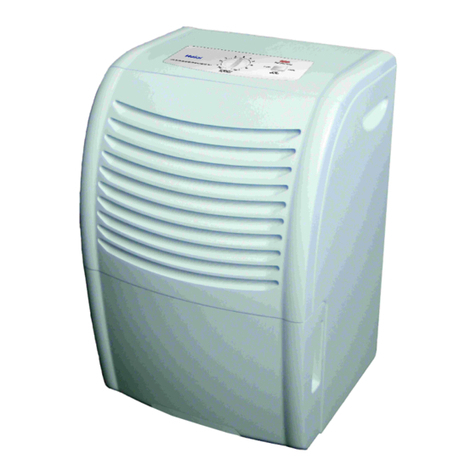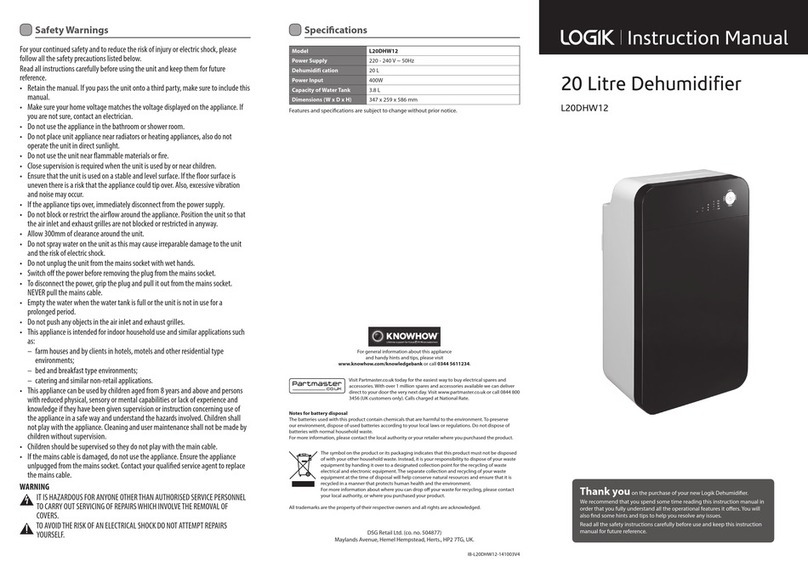CONTENTS
1 Safety Information ........................................................................................................................................................................................1
1.1 Markings and Symbols ........................................................................................................................................................................2
1.2 Dryer Model Number Identification.....................................................................................................................................................2
2 Description ....................................................................................................................................................................................................3
2.1 Overview of Operation .........................................................................................................................................................................3
2.1.1 Operation......................................................................................................................................................................................3
2.2 EST - Energy Saving Technology .......................................................................................................................................................4
2.3 Moisture Over-ride................................................................................................................................................................................5
2.4 Technical Specification........................................................................................................................................................................5
2.5 Approvals Compliance and Exemptions............................................................................................................................................7
2.5.1 Approvals .....................................................................................................................................................................................7
2.5.2 3rd Party Performance Verification ..............................................................................................................................................7
2.6 Weights and Dimensions.....................................................................................................................................................................8
2.7 Receiving and Inspecting the Equipment ........................................................................................................................................10
2.7.1 Storage.......................................................................................................................................................................................10
2.7.2 Unpacking ..................................................................................................................................................................................10
2.8 Overview of the equipment................................................................................................................................................................11
3 Installation and Commissioning................................................................................................................................................................13
3.1 Commissioning Check List ...............................................................................................................................................................13
3.2 Recommended System Layout .........................................................................................................................................................14
3.3 Locating the Equipment.....................................................................................................................................................................15
3.3.1 Environment ...............................................................................................................................................................................15
3.3.2 Space Requirements..................................................................................................................................................................15
3.4 Mechanical Installation ......................................................................................................................................................................15
3.4.1 General Requirements ...............................................................................................................................................................15
3.4.2 Securing the Dryer .....................................................................................................................................................................16
3.4.3 Attach the Exhaust Silencer .......................................................................................................................................................16
3.4.4 Purge Settings............................................................................................................................................................................16
3.5 Electrical Installation..........................................................................................................................................................................17
3.5.1 Dryer Supply...............................................................................................................................................................................17
3.5.2 Dryer Auxilliary Connections ......................................................................................................................................................17
3.5.3 Remote Alarm Connection .........................................................................................................................................................18
3.5.4 Remote Start / Stop (Standby) ...................................................................................................................................................18
3.5.5 Purge Economy..........................................................................................................................................................................19
3.5.6 Dewpoint Selection / Alarm Values ............................................................................................................................................19
3.5.7 Temperature Units......................................................................................................................................................................20
3.5.8 Configuring Inlet Valves .............................................................................................................................................................21
3.6 First Time Start Up .............................................................................................................................................................................21
4 Operating the Dryer ....................................................................................................................................................................................22
4.1 Displays and Indicators .....................................................................................................................................................................22
4.1.1 Column Status Indicators ...........................................................................................................................................................22
4.1.2 Status and Warning Indicators ...................................................................................................................................................23
4.2 Starting the equipment ......................................................................................................................................................................24
4.3 Dryer Shutdown..................................................................................................................................................................................24
5 Servicing......................................................................................................................................................................................................25
5.1 Service intervals ................................................................................................................................................................................25
6 Troubleshooting..........................................................................................................................................................................................29
6.1 Dewpoint Failure.................................................................................................................................................................................29
6.2 High Pressure drop ............................................................................................................................................................................30
6.3 Downstream air supply interrupted ..................................................................................................................................................30
7 Declaration of Conformity..........................................................................................................................................................................31
8 Schematics..................................................................................................................................................................................................32
